P3 Study Shows Obesity Drug Tirzepatide Reduces Sleep Apnea Severity by Up to 63%

18 April 2024
Eli Lilly announced positive topline results from the Phase III SURMOUNT-OSA trials, demonstrating that tirzepatide significantly reduced the severity of obstructive sleep apnea (OSA) in obese adults. The drug, originally used for chronic weight management, decreased the apnea-hypopnea index by up to 63% compared to placebo, meeting all primary endpoints.
Tirzepatide, marketed under the brand names Zepbound® in the U.S. and Mounjaro® globally, has demonstrated significant potential in treating obstructive sleep apnea (OSA) among adults with obesity. This breakthrough could reshape the therapeutic landscape for a condition that affects millions and remains largely underdiagnosed. Building on this success, Lilly plans to seek regulatory approval for a new treatment option that also addresses related health risks.
A Shift in Treatment Paradigms
"OSA impacts 80 million adults in the U.S., with more than 20 million living with moderate-to-severe OSA. However, 85% of OSA cases go undiagnosed and therefore untreated. Addressing this unmet need head-on is critical, and while there are pharmaceutical treatments for the excessive sleepiness associated with OSA, tirzepatide has the potential to be the first pharmaceutical treatment for the underlying disease" said Dr. Jeff Emmick, Senior Vice President of Product Development at Lilly.
Promising Data from SURMOUNT-OSA Trials
The Phase III SURMOUNT-OSA trials, comprising two distinct studies, enrolled 469 participants across various global locations. The studies were designed to assess the efficacy of tirzepatide in reducing the apnea-hypopnea index (AHI) — a critical measure indicating the severity of OSA based on the number of partial or complete breathing interruptions per hour of sleep.
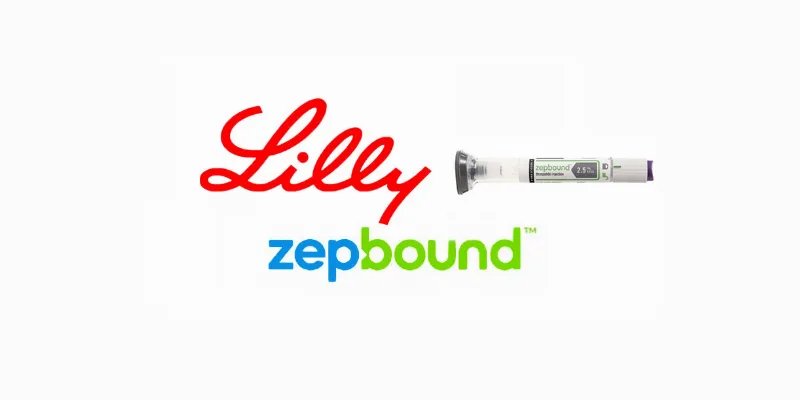
In the first study, focusing on patients not using positive airway pressure (PAP) therapy, tirzepatide achieved a mean reduction of 27.4 events per hour in AHI after 52 weeks, compared to just 4.8 for placebo. The second study included patients continuing on PAP therapy, where tirzepatide led to a reduction of 30.4 events per hour, versus 6.0 for placebo. Both studies met all primary and key secondary endpoints, showing a reduction in AHI by up to 63% — roughly 30 fewer events per hour, a statistically and clinically significant improvement.
Impact on Weight and Overall Health
Additionally, tirzepatide treatment was associated with considerable weight loss, nearly 20% of body weight at 52 weeks, which is noteworthy given the link between obesity and OSA. Such outcomes underline the dual benefit of tirzepatide not only in managing OSA symptoms but also in addressing one of its common exacerbating factors.
Safety Profile and Regulatory Aspirations
The safety profile of tirzepatide remained consistent with previous studies, with gastrointestinal issues being the most commonly reported adverse effects, and these were generally mild to moderate in severity. Based on these compelling results, Eli Lilly plans to submit these data for global regulatory review, including to the U.S. Food and Drug Administration (FDA), by mid-year. The FDA has already granted tirzepatide a Fast Track designation for the treatment of moderate-to-severe OSA in patients with obesity, highlighting the urgent need for effective therapeutic options.
OSA impacts an estimated 80 million adults in the U.S. alone, with more than 20 million suffering from moderate to severe forms. Alarmingly, up to 85% of these cases remain undiagnosed and untreated, posing significant risks of hypertension, heart disease, and other serious health issues.
About SURMOUNT-OSA trial
The SURMOUNT-OSA trial, a comprehensive study comparing the efficacy and safety of tirzepatide to placebo, involved adults with moderate-to-severe obstructive sleep apnea (OSA) and obesity. Participants either unable or unwilling to use positive airway pressure (PAP) therapy, and those continuing with PAP, were randomized across multiple countries to receive either a 10 mg or 15 mg maximum tolerated dose (MTD) of tirzepatide or placebo. The main goal was to show a superior reduction in the apnea-hypopnea index (AHI) from baseline at 52 weeks compared to placebo. Dosage was adjusted up to the MTD based on individual tolerance.
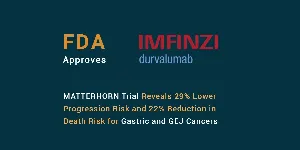
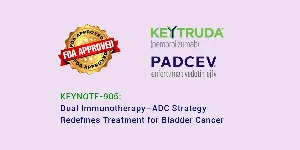

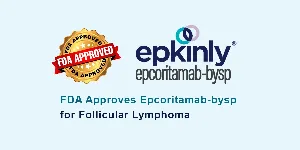

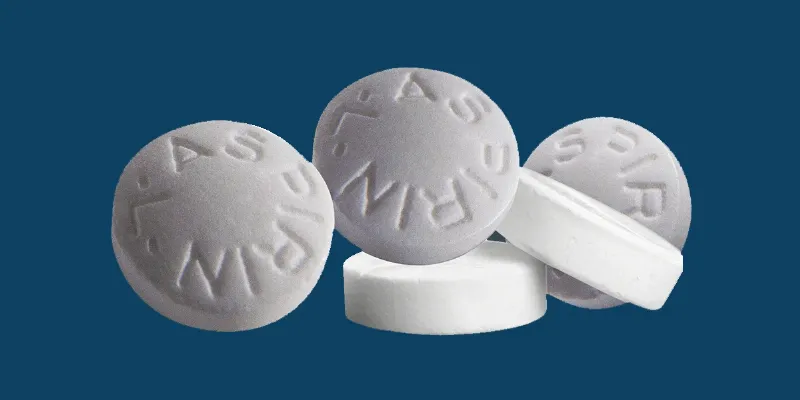

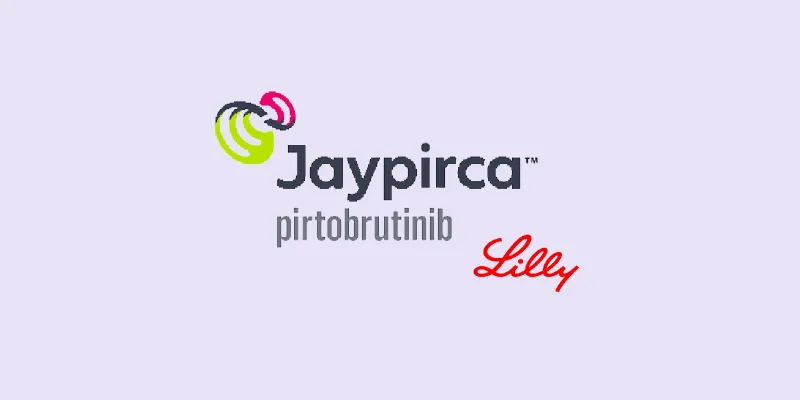



Comments
No Comments Yet!